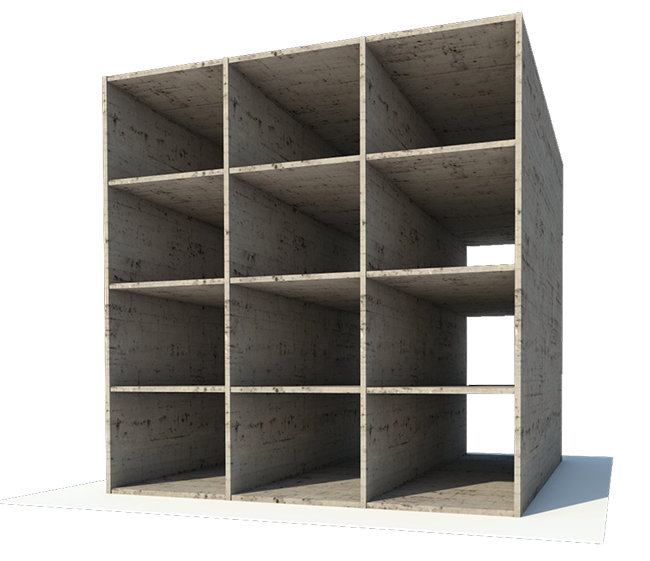Our Philosophy:

Structure as Architecture indicates our sensitivity to the area and volume in each of our design. To account the time and measure on space we create and envision its operation with a high degree of importance.
Structure, in its most familiar definition, is any element that carries—may it be its own or externally generated load. Although this thought denies structure of its possible architectural and decorative role, indicating a separation of architectural and structural intent, form, and meaning. Rather than viewing structure as purely utilitarian, we at ECT+A try to further develop the role of structure to architecture.
We practice this idea by looking into structure as a multifunctional architectural element, and how it also dictates, manipulates, controls and influences people and the space around it. Driven by the progressing demands on space especially in high-density areas, our firm believes in these three key factors centered around efficiency: space planning, construction cost, and operational cost.
And in order to fully realize the opportunities of structure, we emphasize on value space planning and value engineering, and design with the attention to detail on not just the area, but also on volume. This manifests in the way we utilize the use of load-bearing walls that we call Interactive Wall System.
But of course, no philosophy, discipline, or attitude, dictates what’s the preferable application to create an exemplary piece of architecture. We see this as a challenge by presenting this structural system, that when taken into a local context is more economical and effective than the current building trends.
What is the Interactive Wall System?
For centuries, the Post and Lintel system has been the most commonly used structural system in buildings. Up to this day, it remains the basic idea of construction. But of course there are limitations in this type of construction, like the time and steps it requires, and the limited span it demands between structural members
At ECT+Architects, we present the idea of interacting load-bearing walls in our projects to be an alternative way to design efficiently.
Compared to the conventional post and lintel system which requires more steps and labor, our application of the Interactive Wall System is a much more effective and efficient way to manage cost, time and space. It’s reshaping the column into a wall with the same concrete volume, displacing beams and columns to become one structural unit. It maximizes material use and minimizes effort without sacrificing strength and quality.

Load Bearing System: It only takes one step
As a response to our main philosophy Structure as Architecture, we take advantage of this system’s economic value and reflect on the cost factors by taking into account the saleable volume against the unusable volume—a major factor rarely observed in the building industry.

